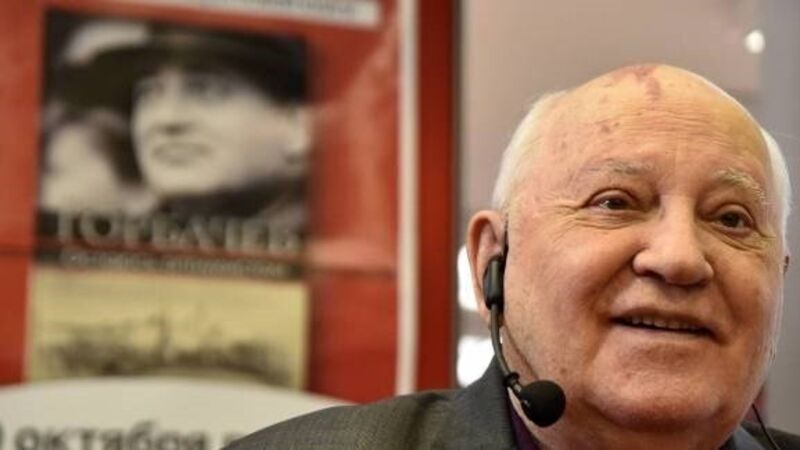From Russia with love: Gorbachev documentary to be a top attraction at Cork Film Festival

Werner Herzog’s quirky take on Mikhail Gorbachev promises to be one of the best documentaries at Cork Film Festival, writes
MIKHAIL Gorbachev, who was born in 1931, dragged himself up from the bootstraps. The village he grew up in, as Werner Herzog narrates in the documentary Meeting Gorbachev, was “a godforsaken place in the middle of nowhere”, deep in the southwestern provinces of the former Soviet Union. Two uncles and an aunt of his died from starvation when he was a child. He remembers sleeping in the stables alongside a newborn calf for warmth.











